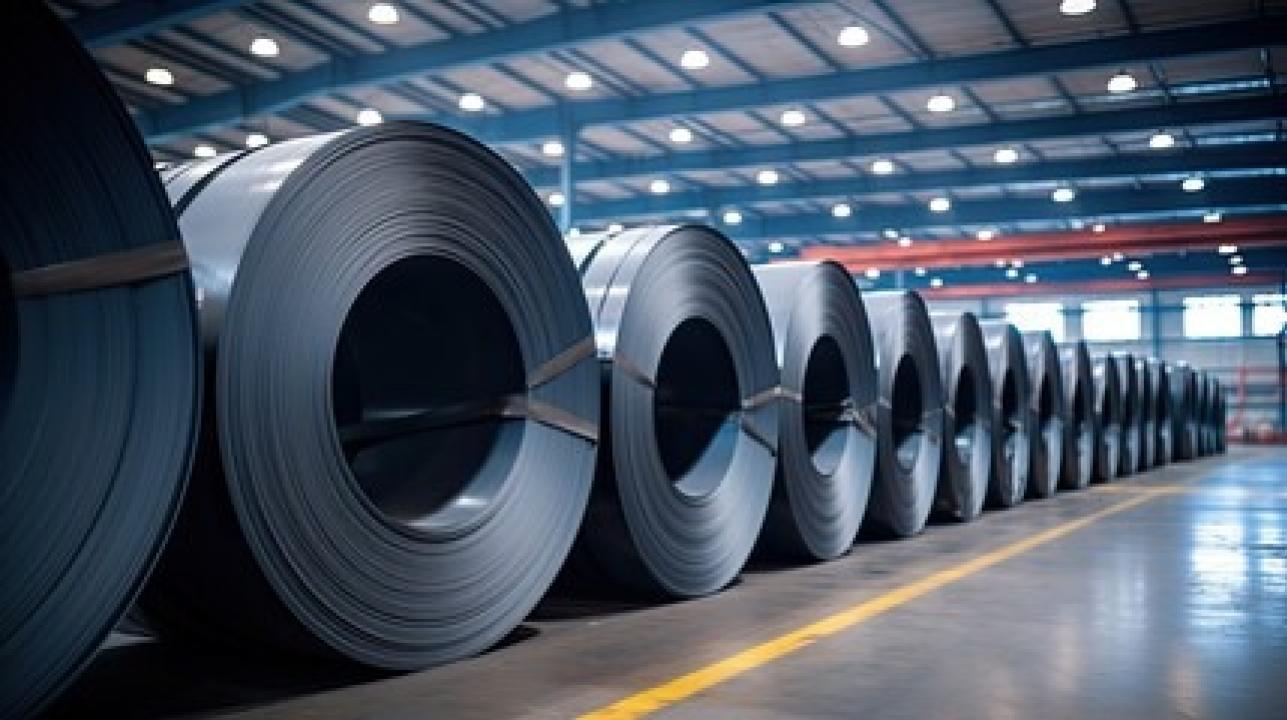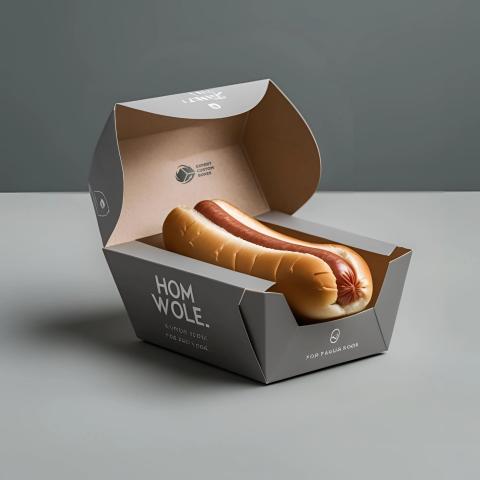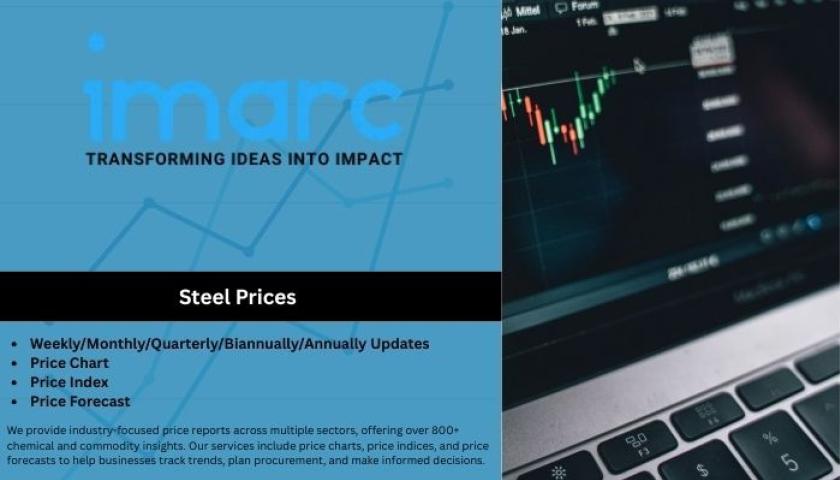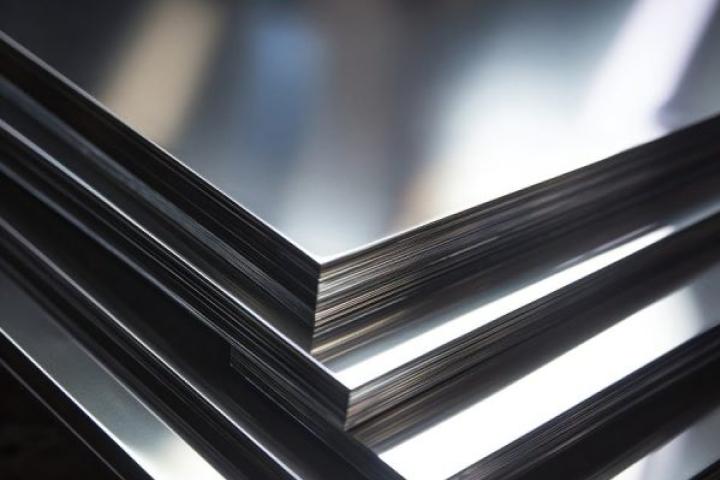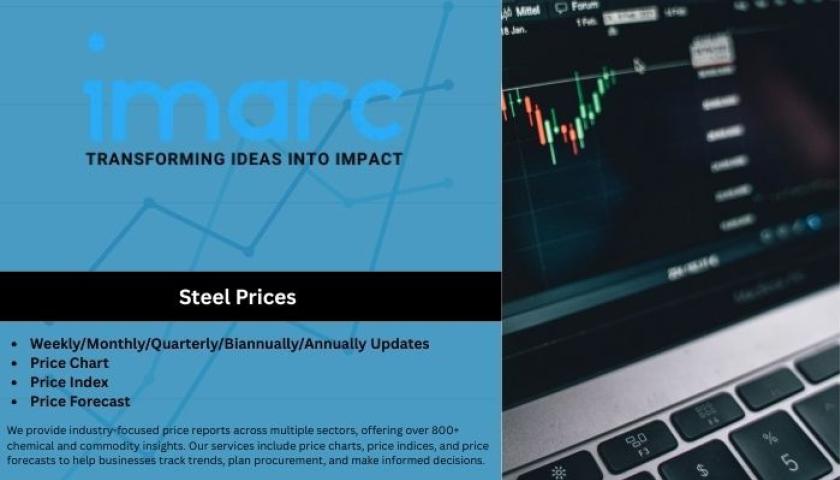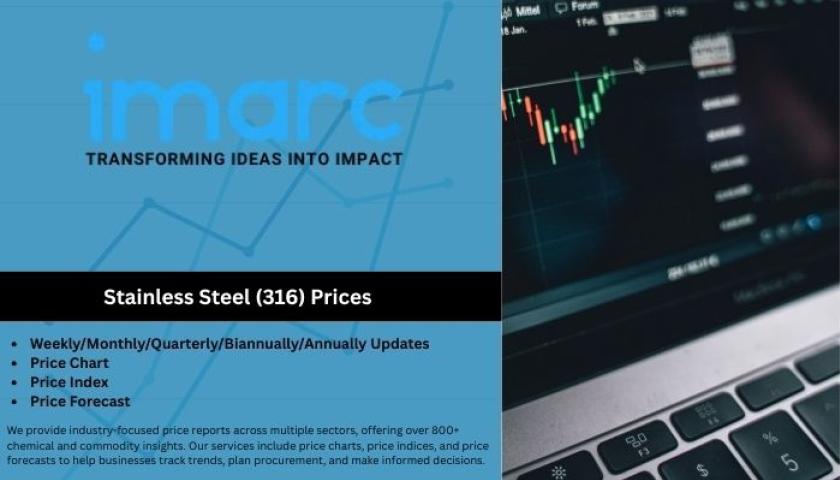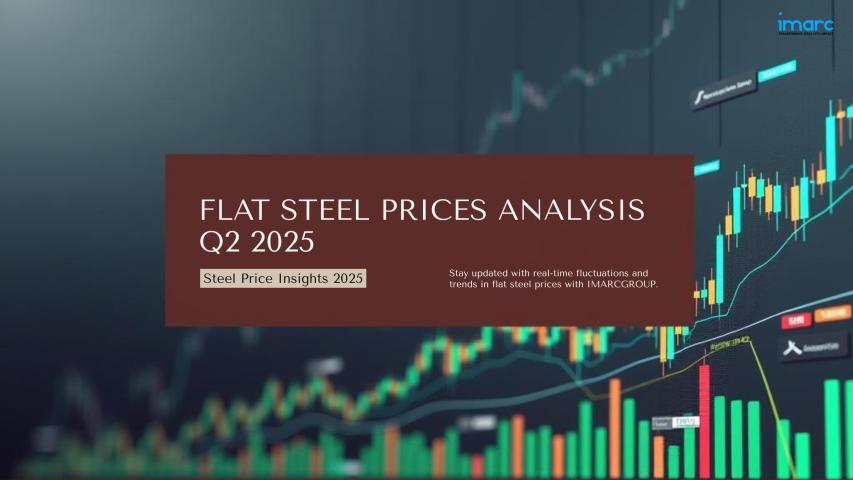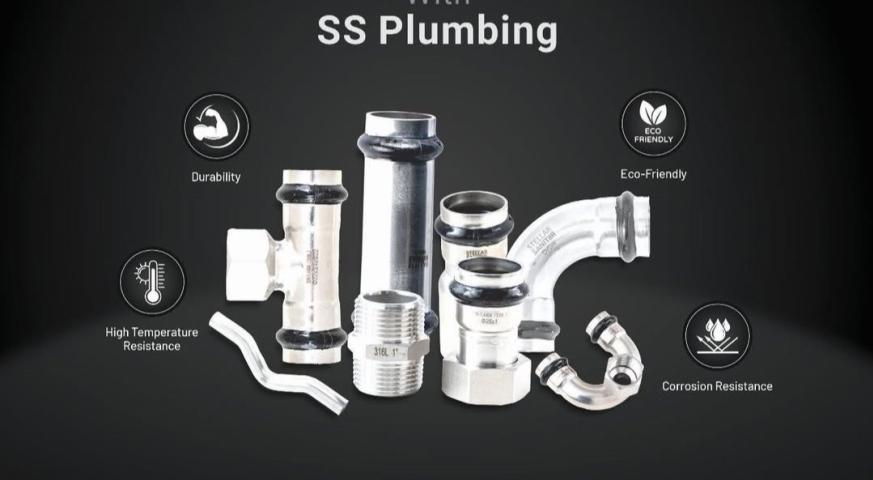India’s construction sector has been witnessing unprecedented growth in recent years, driven by rapid urbanization, government infrastructure initiatives, and rising private investments. At the core of this boom lies a material that continues to be indispensable—hot rolled steel. Known for its versatility, strength, and cost-effectiveness, hot rolled steel has become the backbone of numerous construction projects, from residential buildings to industrial plants and transport infrastructure.
What Is Hot Rolled Steel?
Steel is heated above its recrystallization temperature and then rolled into the desired coil, sheet, or plate shapes to create hot rolled steel. The product is perfect for structural applications where exact dimensions are not the main concern because this method makes it easier to shape and form.
Its ability to withstand pressure and deformation makes it highly suitable for construction elements like beams, columns, bridges, and heavy-duty frameworks.
The Surge in Demand
Several factors are contributing to the rising demand for hot rolled steel in India’s construction sector:
1. Government Infrastructure Push
Major infrastructure initiatives like Bharatmala, Sagarmala, and the Smart Cities Mission have significantly increased steel consumption. These large-scale projects involve extensive use of hot rolled steel for bridges, ports, highways, and urban infrastructure.
2. Real Estate Growth
India's urban population is growing rapidly, and with it, the demand for residential and commercial spaces. Affordable housing projects under Pradhan Mantri Awas Yojana (PMAY) are also fueling demand for construction materials, especially hot rolled steel for framing and support structures.
3. Industrial Development
India's growing manufacturing sector, particularly in the automotive, shipbuilding, and heavy machinery sectors, is largely dependent on industrial infrastructure, which makes use of hot rolled steel for support systems, frameworks, and storage buildings.
Advantages That Drive Demand
Hot rolled steel’s physical and economic advantages contribute to its rising use:
Cost-effective: It is generally less expensive than cold rolled steel, making it suitable for large-scale projects.
High strength: Its toughness and durability make it perfect for load-bearing applications.
Versatile forms: Available in coils, sheets, plates, and structural shapes, it can be used across various types of construction needs.
Readily available: India’s strong steel production capacity ensures regular supply, making procurement easier for builders and contractors.
Role of Steel E-commerce Platforms
The digital revolution in the steel industry has further accelerated the availability of hot rolled steel. Platforms like Hashtagsteel allow construction firms to source hot rolled coils, sheets, and plates online, compare prices from multiple brands, and ensure timely delivery. This digital convenience has streamlined the procurement process and widened access to quality materials even in Tier 2 and Tier 3 cities.
Regional Trends
Due to ongoing metro rail projects, industrial parks, and advancements in coastal infrastructure, the demand for hot rolled steel is particularly high in southern and western states like Tamil Nadu, Maharashtra, Karnataka, and Gujarat.
The Road Ahead
Steel and the construction industry will be crucial to India's goal of becoming a $5 trillion economy. According to the National Steel Policy, hot rolled steel will be a major component of India's projected sharp increase in per capita steel consumption.
In conclusion, the demand for hot rolled steel in India’s construction sector is not just growing—it’s becoming critical. As the nation continues to build its future, hot rolled steel will remain a fundamental material shaping the skylines and structures of tomorrow.
